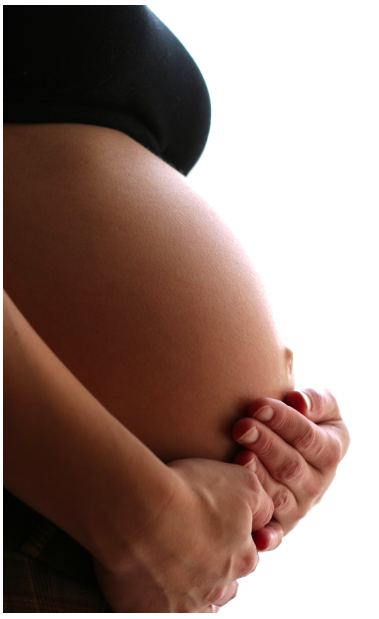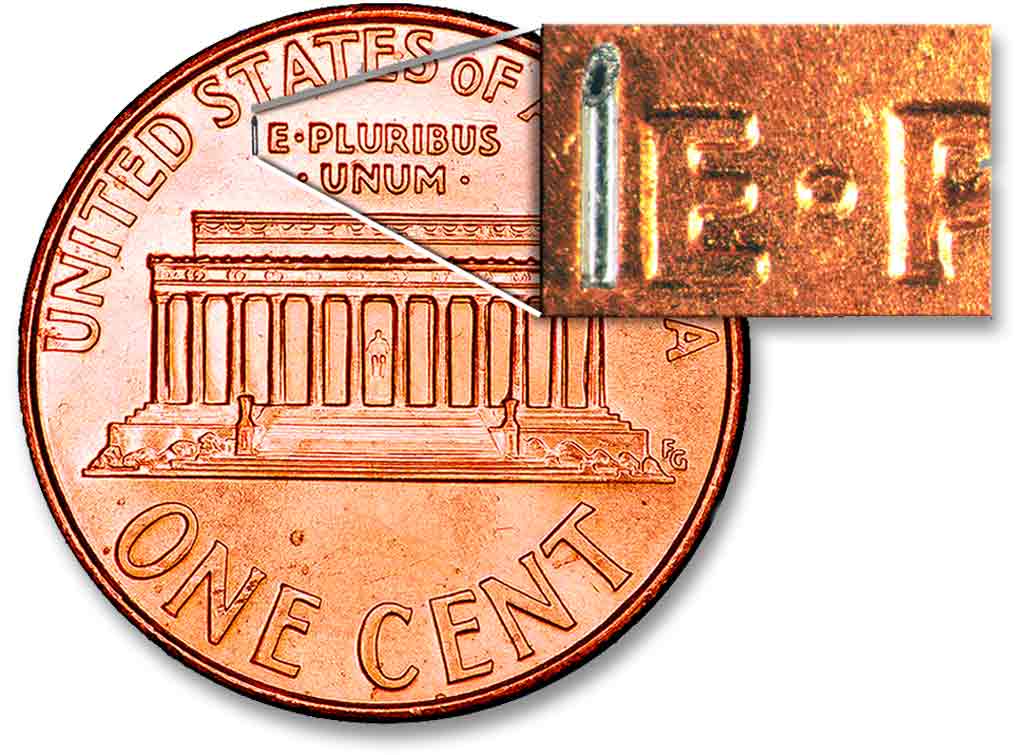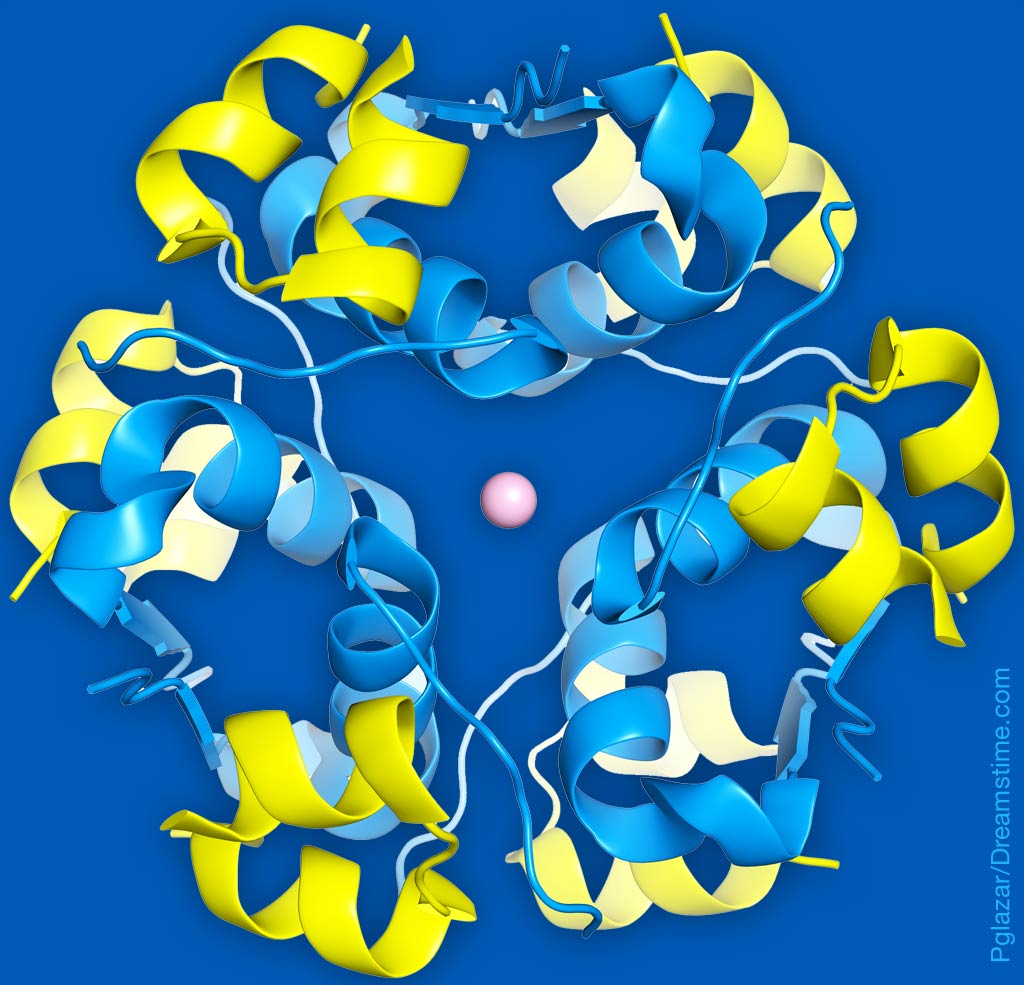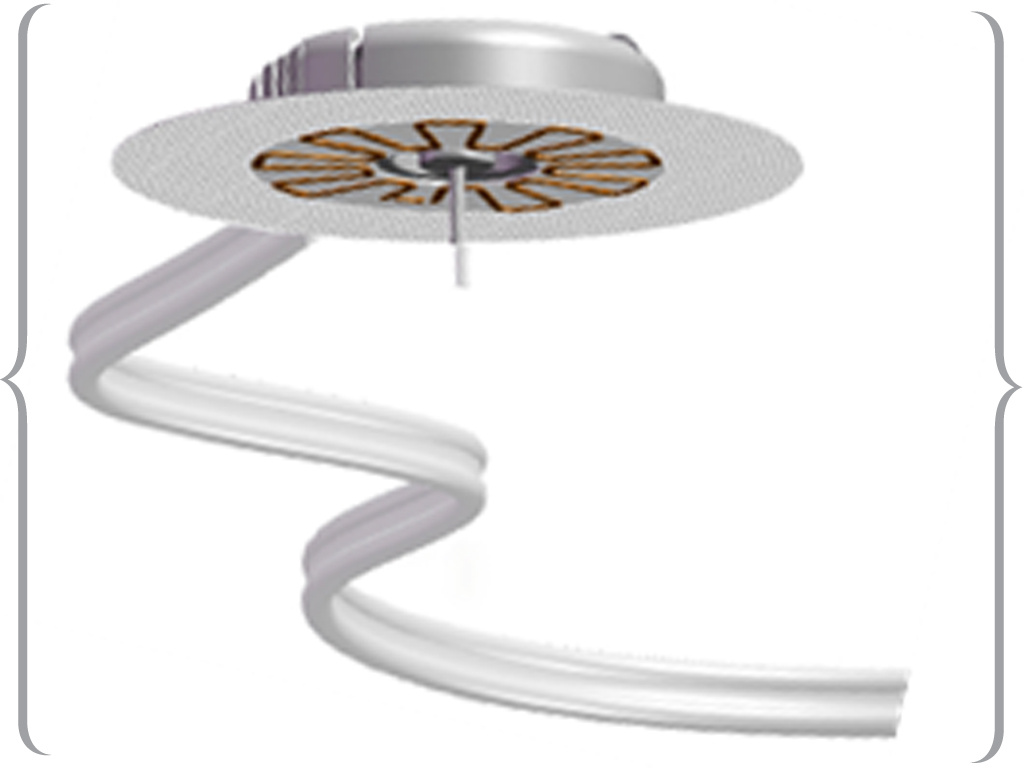Bolus Insulin Management in T1D
Insulin for Food - Article 6 of 7 in the Systems Approach Series

Bolus insulin is the insulin you take for food
What you eat is digested in stages; some is absorbed right in the mouth, which is what makes honey the best thing to use for a serious hypoglycemic emergency. Honey is separated into glucose and fructose by enzymes added to nectar by bees. Sucrose, or table sugar, on the other hand, is a disaccharide that passes through the stomach without digestion, and finally breaks down in the small intestine, after which the liver converts it into glucose.
Most food passes all the way to and through the stomach before its nutrient value can be absorbed in the duodenum. I did a study of the timing of food conversion to glucose and wrote a paper on my compartment model that explained it. In the process, I even came up with a measure of the effect of a given food that I felt was superior to the Glycemic Index, but no one paid attention to that and it remains theoretical. A better, or at least more complete compartment model of food to glucose was written ten or fifteen years later, but it reduces to my model, which remains easier to identify.
The basic implications of the model were that there were three components of food’s conversion to glucose: the composition of the food itself, input-output processing of the main model compartment, the stomach and duodenum, and basic physical transport delay, in the mouth, throat and ultimately, blood. The composition of food makes a difference primarily in the stomach. Fat delays gastric (stomach) emptying, and protein takes much longer to be digested than carbohydrates. In addition, simple carbohydrates are metabolized faster than complex ones. Protein isn’t supposed to contribute to glucose, but lots of it, after perhaps six hours, contribute some. When I have a steak dinner I tend to need an extra bit of insulin after that time, beyond what I need for the rest of the meal.
With the advent of continuous glucose monitors, many get their glucose from a CGM receiver, rather than a capillary blood glucose meter test strip, which remains the primary means of calibrating the CGM sensors themselves. After glucose appears in blood from the duodenum and liver it then equilibrates with glucose in interstitial tissue, the extracellular fluid that forms the environment of animals with a circulatory system. About 2/3 of the water in the body is fluid within cells, but one third is extracellular, known as the interstitium. Overall, between transport delay, digestion time, transport into blood circulation and time to equilibrate with interstitial tissue, it can take a good 50 minutes or more for glucose from what you eat to show up in a CGM meter, especially for complex carbs.
Bolus insulin takes time to have its effect
The information sheets provided in their packaging usually show a graph of insulin plotted over time. If you can read such graphs, they show the peak time of action, action time overall, and duration of insulin action. These can have differences based on how they are measured. Rise time is typically measured from 10% to 90% of peak. The peak itself is when the action stops rising and begins to fall. Action time runs from 10% of peak at the beginning to 20% of the peak as action declines afterward. Duration runs from the injection (just before there is yet any action) to the point where any action beyond basal ceases. For Regular insulin (called short-acting) duration can be as long as 12 hours. NPH duration is 16 hours or more. For the new rapid-acting insulins, the duration is 5 hours or so, but towards the end, there’s not much action left.
When it comes using an insulin bolus for food you want it to take effect at least as fast as the food you eat, and that’s why manufacturers have endeavored to produce faster versions. Regular insulin comes as a hexamer, which must be broken down into dimers and eventually a monomer to become effective in circulation. The rapid-acting insulins Lispro and Aspart have been modified so that they do not form dimers or hexamers to start with. This gives them a head start providing effective insulin action for a meal. Glulisine is yet another rapid-acting insulin analog that works the same way, by precluding dimer and hexamer binding.
Calculating Bolus Insulin
Calculating bolus insulin need starts with carbohydrate content (CHO), with the carbs modified by an Insulin to Carbohydrate sensitivity Ratio (ICR), the units of insulin needed for each gram of carb. Next, there is a correction factor, based on the difference between current BG and the target (usually normal) BG. That difference (glucose amount to shift) is converted into the insulin needed to achieve this by the insulin correction factor (CF), the amount one unit of insulin decreases glucose after its complete time of action. Both of these components need to be modified by the physiologic state (PS) at the time; physical activity increases insulin sensitivity making PS > 1, while illness decreases it, for PS < 1. This overall insulin quantity is then reduced by the “insulin on board” from previously injected insulin doses.
The overall formula then becomes:
Bolus insulin = [CHO/ICR + (current BG – target BG)/CF] x PS – insulin on board
One handy feature provided by insulin pumps is their automatic logging of earlier bolus insulin, making insulin on board an easy thing to build into them. Unfortunately, however, the one pump I used and can comment on (by Animas) calculated the amount with a straight line model, instead of the sigmoid that comes from a proper mathematical conversion of the insulin action curve. They have fixed this since then, according to recent articles, however.
In any case, the Bolus Insulin formula is too difficult to calculate by hand, especially the sigmoid function that provides proper mathematical conversion of the insulin action curve, and clinical practice is coming around to bolus calculation, if not by pumps then smartphone applications. With new insulin pens and CGM receivers communicating their use to a nearby smartphone, everything but the CHO (carbohydrate content) to be eaten can be available to a suitable app, and users just need to say how much they plan to eat to learn the calculated bolus amount to take.
Insulin pump vs. syringe use for Bolus Insulin
In the Basal Insulin section pumps were mentioned as having a particular utility, inasmuch as they can be programmed for the different rates needed during the day, especially during the dawn phenomenon period. Bolus insulin, however, is usually administered all at once for a meal, and pumps do that virtually the same as syringes. Indeed, with a syringe a large bolus can be divided into small portions each injected separately, while a pump must use its one inset location.
But by using multiple small depots of insulin with a syringe, the lipodystrophy created by injections using the same spot can be minimized. Insulin pump insets are usually changed after three days, but that still leaves a good quantity of insulin in the same place, so in that sense, for Bolus Insulin at least, syringes are better than pumps.
See Physiology of Managing T1D “Insulin Administration” for more on optimal bolus dosing using a syringe.
Acronyms and References
(see Master List)
|
CF (correction factor) |
https://www.healthline.com/health/insulin-sensitivity-factor#calculating-the-factor |
|
CGM (continuous glucose monitor) |
|
|
CHO (carbohydrate) |
|
|
dimer |
|
|
disaccharide |
|
|
duodenum |
|
|
Glycemic Index |
|
|
ICR (insulin carb ratio) |
https://integrateddiabetes.com/Articles/insu/carb%20ratio%20article%20for%20mendosa.pdf |
|
Insulin on board |
http://integrateddiabetes.com/Articles/insu/iob%20article%20for%20diatribe.pdf |
|
interstitial |
|
|
lipodystrophy |
|
|
PS (physiologic state) |
Content of Series
There are six articles in the series plus a dedicated section on Acronyms and References.
- My T1D Journey as a Systems Engineer
- Physiology of Managing T1D
- Food Effect on Glucose
- Basal Insulin Management in T1D
- Bolus Insulin Management in T1D
- Using CGMs, Insulin Pens, and Pumps
- Acronyms and References
See description of full article series here.







